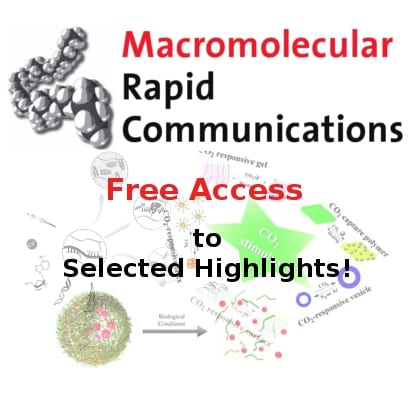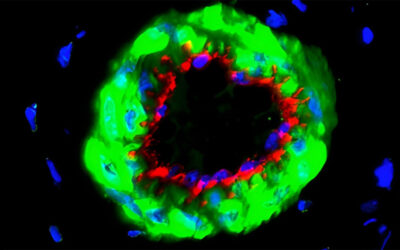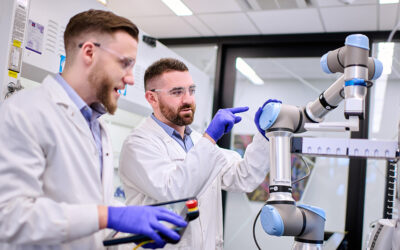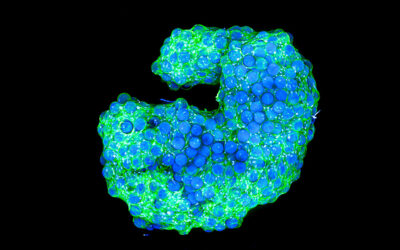For more than 30 years Macromolecular Rapid Communications has been bringing you the best research results in polymer science, covering everything from chemistry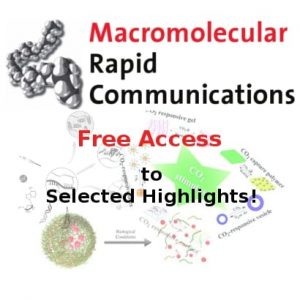 and physics of polymers to polymers in materials science and life sciences. On top of these state-of-the-art communications Macromolecular Rapid Communications regularly presents overview articles on topics of current interest. Written by experts in the field they provide interested readers with an introductory overview, but they go far beyond this. Limitations, challenges and future perspectives are critically accessed. If you want to enter a new research field, if you are interested in the opinion of some of the leading figures in this area, don’t miss any of these top reviews and feature articles.
and physics of polymers to polymers in materials science and life sciences. On top of these state-of-the-art communications Macromolecular Rapid Communications regularly presents overview articles on topics of current interest. Written by experts in the field they provide interested readers with an introductory overview, but they go far beyond this. Limitations, challenges and future perspectives are critically accessed. If you want to enter a new research field, if you are interested in the opinion of some of the leading figures in this area, don’t miss any of these top reviews and feature articles.
This year, we would like to share some of our top articles from the fields of CO2-responsive polymers and hypercrosslinked microporous organic polymers to DNA based hydrogels and degradable delivery systems with you.
For a limited time you can now take a look at these selected reviews and feature articles for free!
CO2 is not only produced by us every day, it can also be used as a stimulus to change the behavior of polymers. While other common stimuli like light or pH can be harmful to biological systems, CO2 can be used in many switching cycles without the accumulation of
byproducts. In their review on CO2-responsive polymers Shaojian Lin (Sichuan University) and Patrick Theato (University of Hamburg) take a look at polymers with different side groups that can react to CO2 and at their various applications.
Find out more about the prospects of CO2-Responsive Polymers by taking look at this review.
Hydrogels can be formed by a large variety of hydrophilic polymers. DNA and DNA-based hydrogels can react to external stimuli, making them “smart”. In their review, Tan
and coworkers (University of Florida and Hunan University) explore the different stimuli, as well as applications of these hydrogels in sensing, purification and controlled release.
Drug delivery carriers face the challenge of requiring stability in the blood stream while enabling release and degradation at the target cell. In their feature article Frank Caruso and coworkers (University of Melbourne) present a broad spectrum of degradable carriers
from cross linked polyesters to bioreducible capsules and polyplexes that can be phosphorylated by protein kinases.
Find out more about the Design of Degradable Click Delivery Systems here.
Hypercrosslinked polymers (HCPs) are of high interest due to their potential application in gas storage, separation and catalysis. Bien Tan (Huazhong University)
and coworkers explain how HCPs can be synthesized and how small pores can be incorporated into the material to form microporous organic polymers. The synthetic aspects are complemented by the discussion of potential applications.
More excellent reviews and feature articles can be found on the macromolecular journals website.

